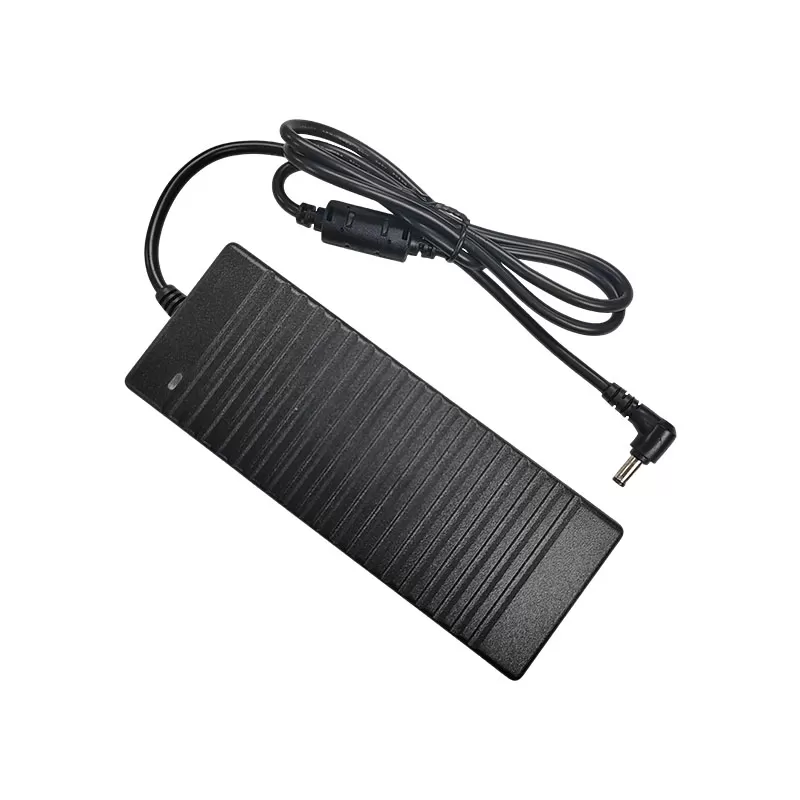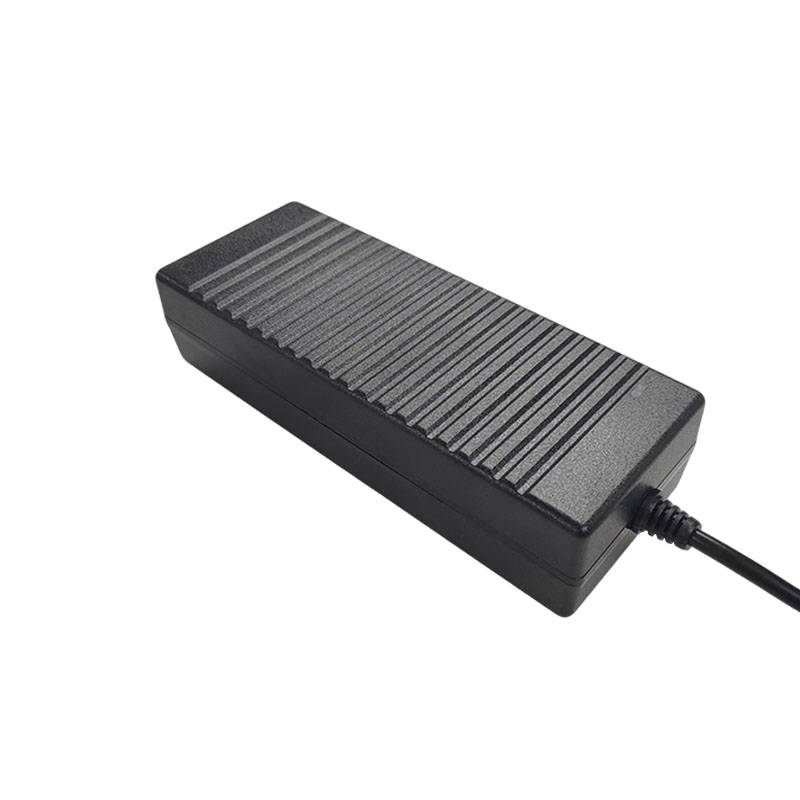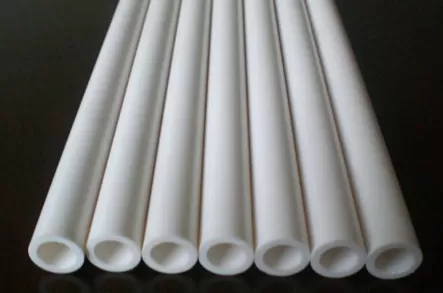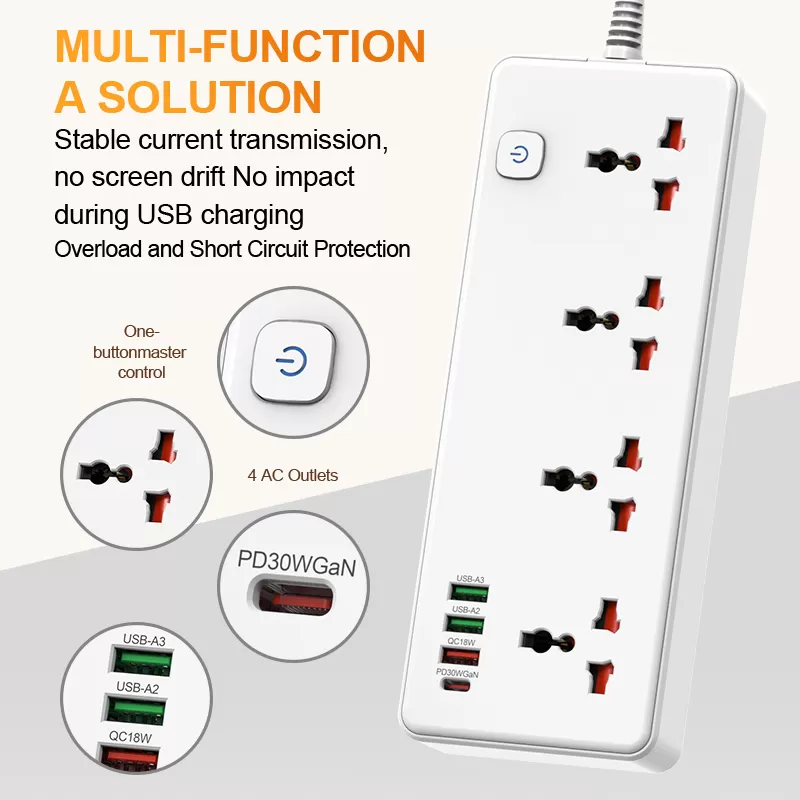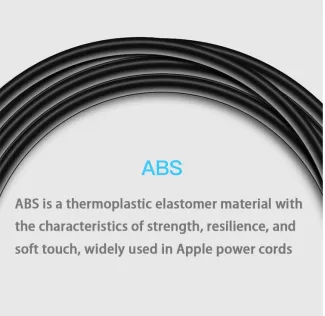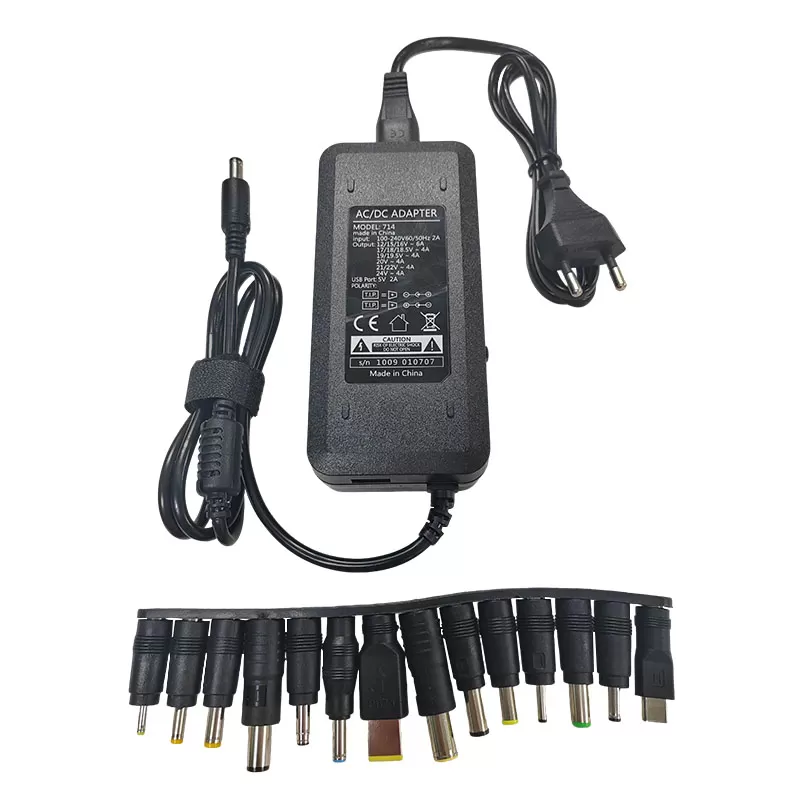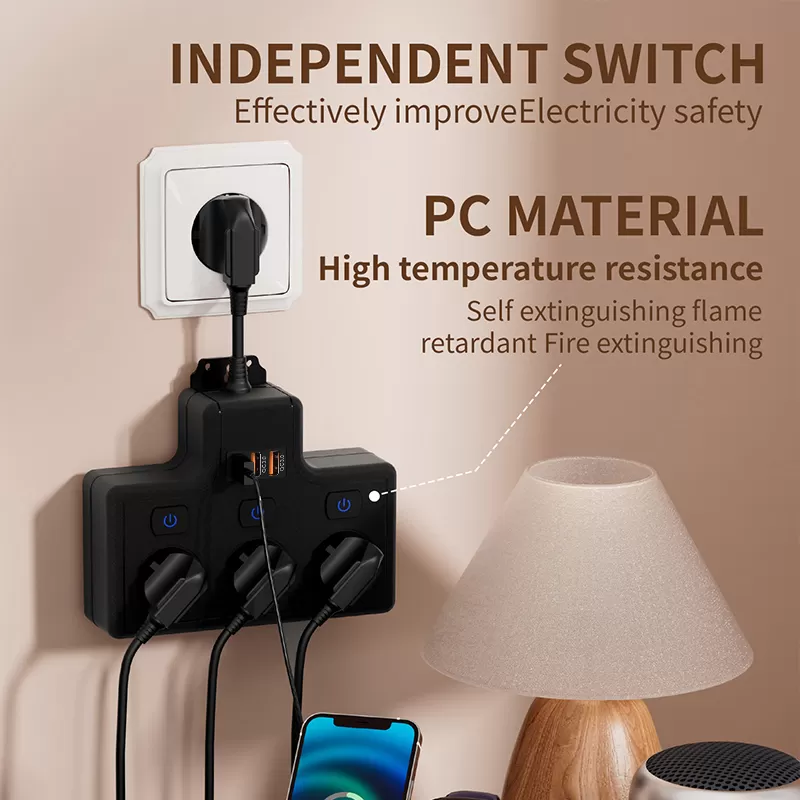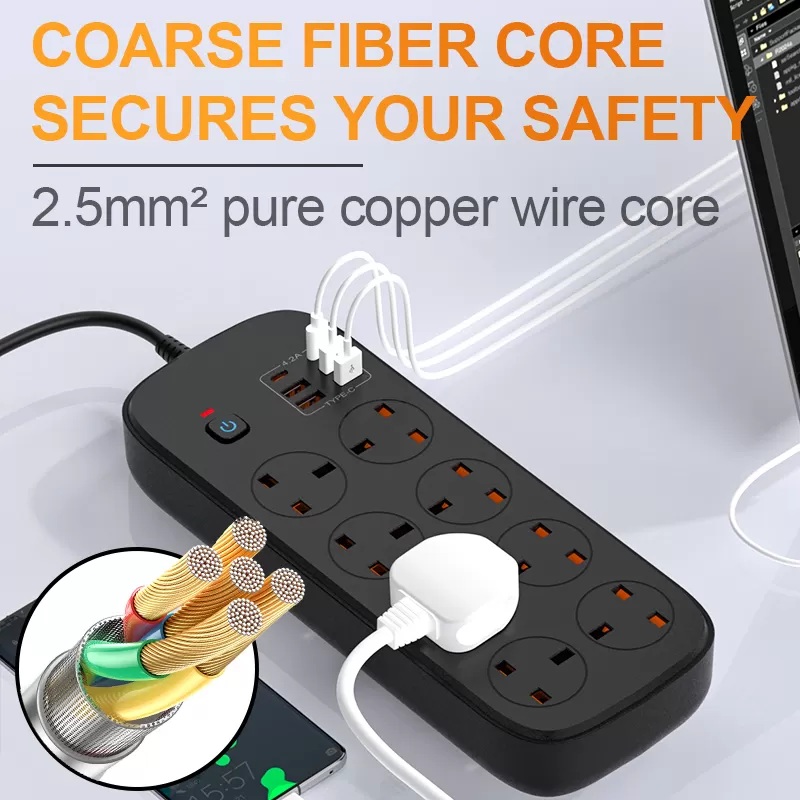Lithium Battery Chargers: A Comprehensive Guide
Introduction Lithium batteries are widely used in smartphones, laptops, electric vehicles, and portable devices due to their high energy density and long lifespan. A compatible charger is essential to ensure safe and efficient charging. This guide explains how lithium battery chargers work, safety tips, and how to choose the right one. How Lithium Battery Chargers Work Lithium battery chargers typically follow a two-stage charging process: Modern smart chargers also include features such as: Safety Tips For Users: For Manufacturers: How to Choose a Charger Key Factors Description Voltage & Current Match the battery’s specifications (e.g., 3.7V Li-ion). Charging Speed Fast […]
Lithium Battery Chargers: A Comprehensive Guide Read More »
